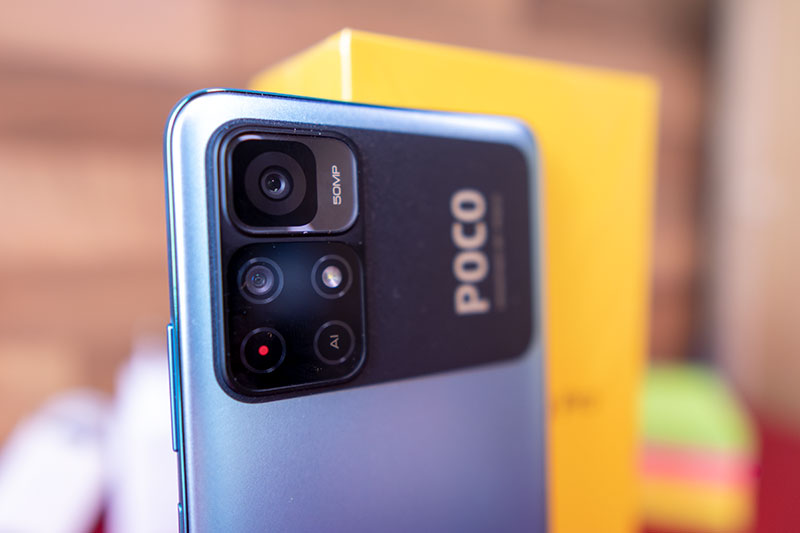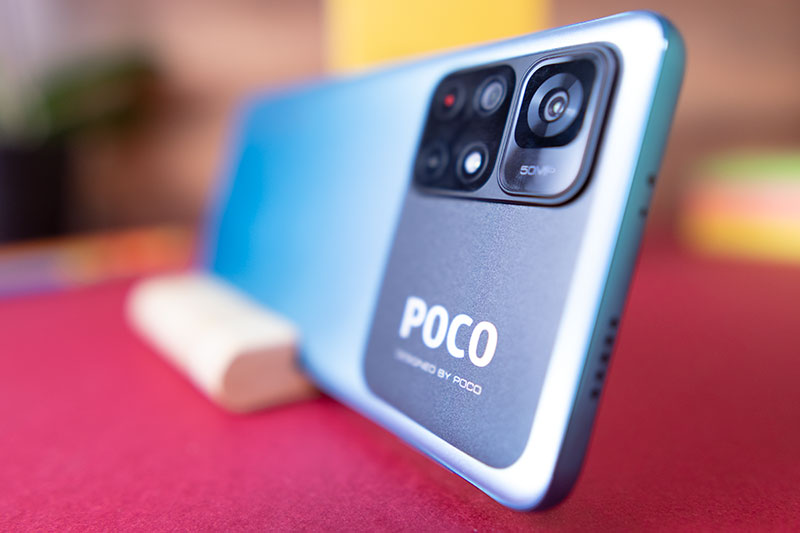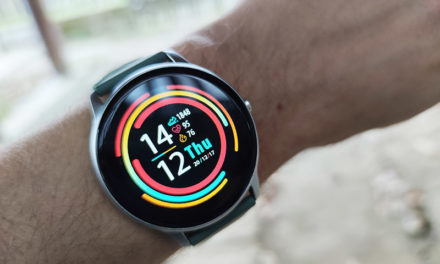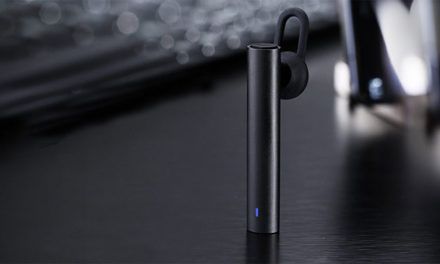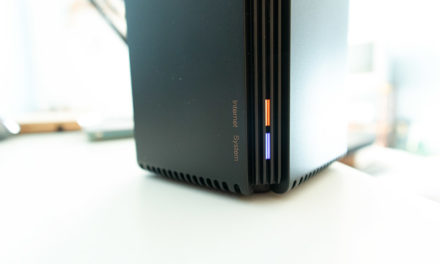
The 5G era is finally underway - Xiaomi POCO M4 Pro test
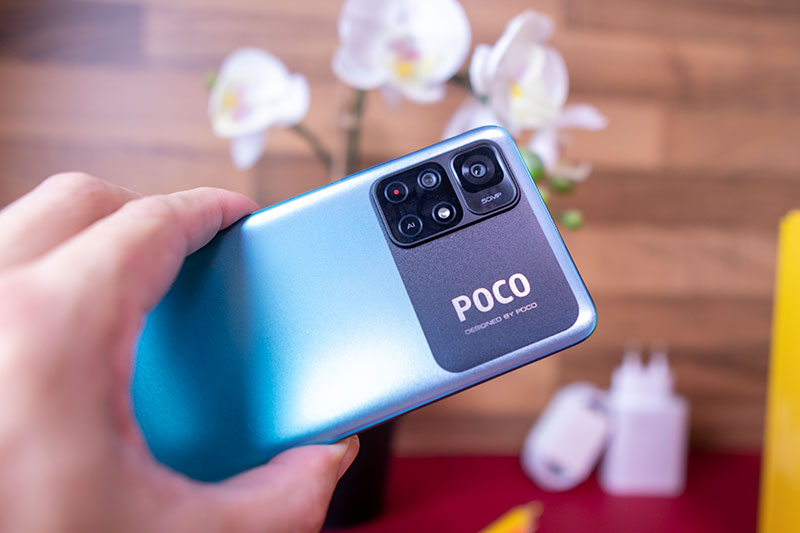
Entry-level and affordable Xiaomi phone finally with 5G!

contents show
Introductory
5G technology has been slowly with us for two years, but until now it would have been a mistake to say that the 5G era has begun. Of course, there was a tight stratum who were able to pay the prices of top phones, they have been enjoying high bandwidth for some time.
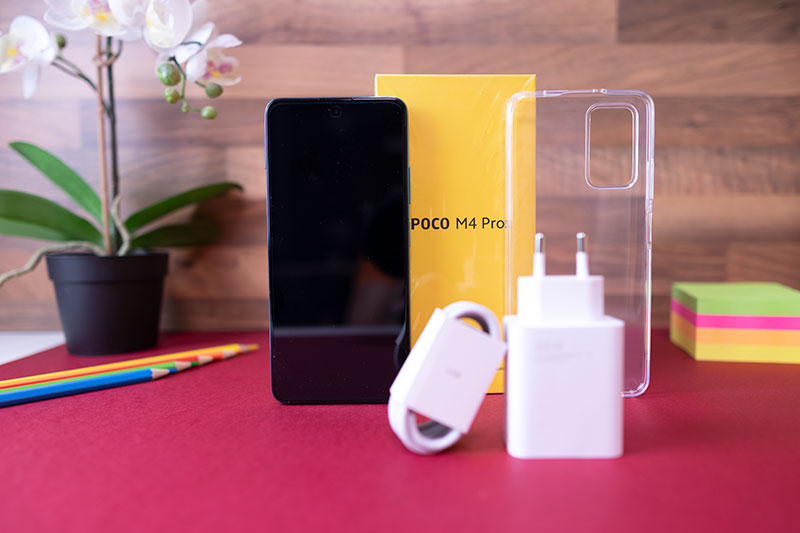
Until now, until the end of 2021, we have had to wait for this technology to be available to a larger audience. Within Xiaomi’s team, for example, three members of the Redmi Note 11 family were introduced, and the official presentation of the POCO M4 Pro took place today. Thanks to our partner, the official partner of the Goboo web store, Xiaomi, you can now read the first test in Hungarian at the same time as the international presentation.
Let's get started!
Packaging and accessories
The phone came in a box dressed in POCO colors, meaning it was all dark lemon yellow. The only exception is one end, where you can find the main features of the device on a black sticker.
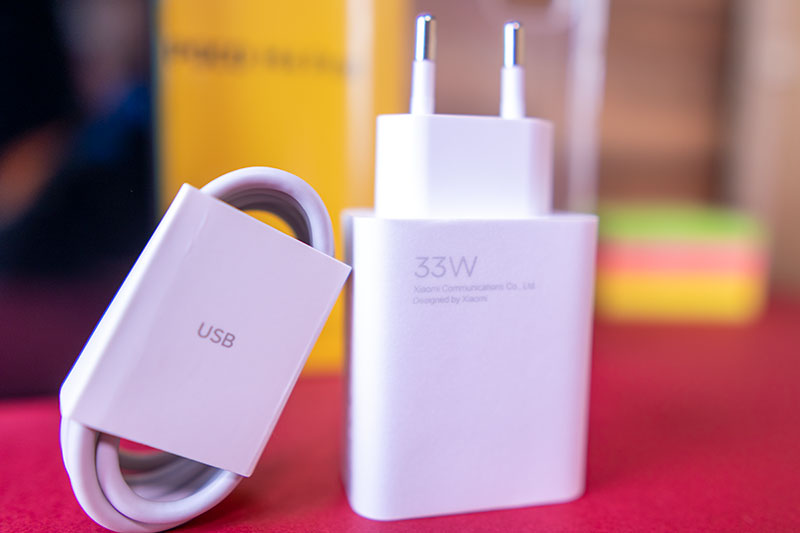
On the other hand, there isn't that much interesting inside, in fact, the Xiaomi box is waiting for us with the usual accessories. That means we have a charger that allows for 33 watts of fast charging and, of course, an EU plug. There is also a Type-C cable, a SIM needle, a clear silicone backing and a description.
The only interesting thing is that I found some POCO stickers next to the back cover and the description. I’m not swearing it wasn’t just about the test phone, so if you won’t have any grief in your box.

External
Let's start with the colors. Three colors will be available from the device, of course under different fancy names than the ones that were previously leaked. So the choices are: POCO Yellow, Power Black and Cool Blue. That is, yellow, black and blue in Hungarian. The latter came to me.
The Gorilla Glass 3 glass on the front is completely flat, with no rounding at the edges, which is completely common in this price range. This is not so bad, it will be easier to buy glass foil on it. The plastic rim around the glass is relatively thin.
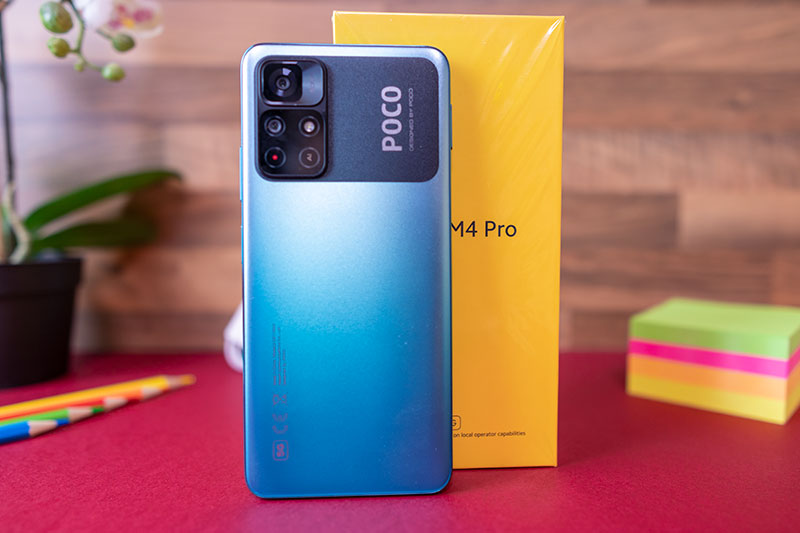
The back cover is also plastic (there is a bottle where they write, but I don't think it's glass), of course it still looks really good. Plus, it’s going to have a silicone case on it anyway, so no one will tell you it’s not glass.
The usual things on the edges. On one long side is the SIM tray (2 SIM or 1 SIM and one MicroSD), opposite it is a power button and a power button that includes a fingerprint reader.
At the top is the speaker grille, the infrared and a microphone, at the bottom is another microphone, another speaker grille, the Type C connector and a jack connector.
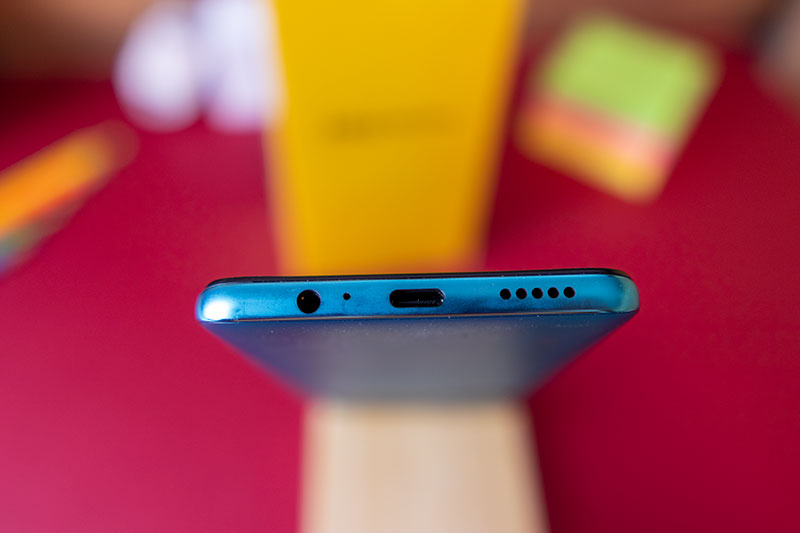
On the back A larger black insert around and next to the camera island is already familiar from older POCO phones. The camera island is a large piece. At the top is the main camera, below is an auxiliary camera and an LED flash, in the bottom row are two fake cameras. That is, two circles that look like a camera from afar, but up close are just a design element. Let's just say it was unnecessary to put such an island on the phone.
The exterior is therefore completely familiar, Xiaomi quality from the cheap category. The quality of the assembly is unquestionable, no matter how plastic the back cover of the phone does not bend, does not allow it to bend, does not crack or crack.
Hardware
Well, in the field of hardware, we can report much more interesting things than those mentioned in connection with the outside.
After the introduction of the Redmi Note 11 family, we can say that Xiaomi has voted for MediaTek’s central units on its entry-level phones. There will surely be many who are now beginning to take up the cross and, in the midst of heavy swearing, declare that they will not buy such a telephone by then, but I think they will not be right.
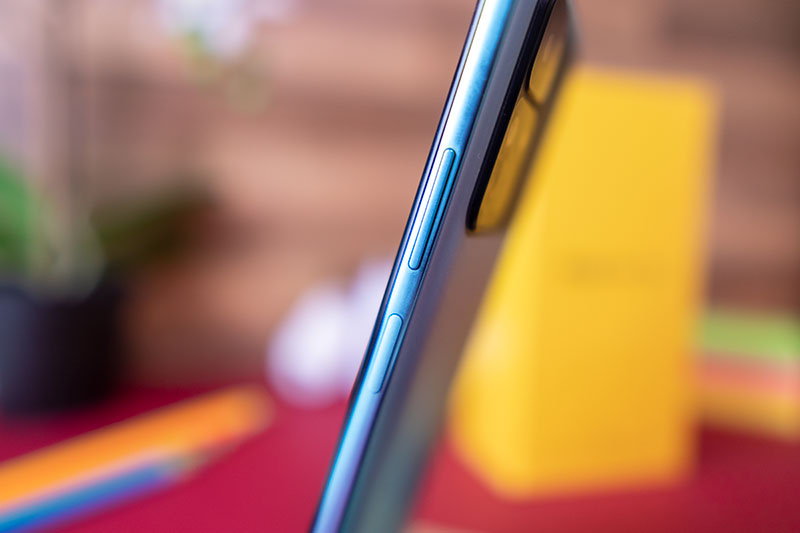
Just think of the Redmi Note 8 Pro, in which we found a MediaTek chip, and then ruined the category-mate Snapdragons as well. So making something something MediaTek makes isn’t bad yet.
With the current launch, the new phones will be more and more about MediaTek Dimensity chips. These will replace the hugely successful Helio family or, of course, coexist for a while. It doesn’t take much fortune to add that over time, there will be more and more Dimensity and less and less Helio.
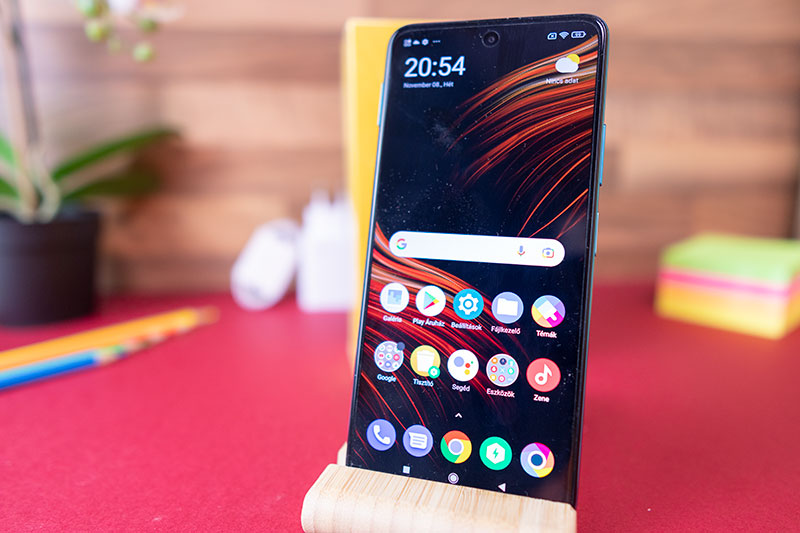
The latter can only support 4G, while newer chips already support 5G. And not only is this good for these units!
The POCO M4 Pro, now to be introduced, also features a Dimensity chip, not the weakest, but the 810 serial unit. It has a lot of good features as it is a very modern tile.
The Dimensity 810 is extremely energy efficient, thanks in large part to its 6-nanometer bandwidth. An important capability is MediaTek HyperEngine 2.0, which intelligently manages resources, monitors CPU and GPU heat generation, and controls clock signals based on this, among other things.
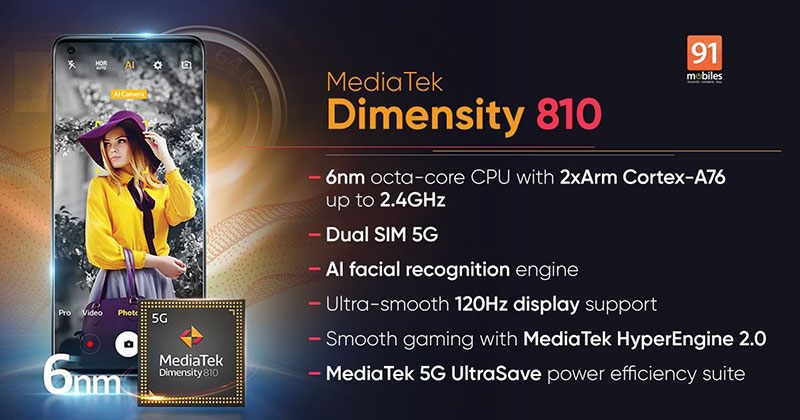
There is an integrated 5G modem in the chip. The Dimensity 810 supports 2CC CA, which covers up to 120 MHz spectrum, including mixed duplex FDD + TDD connections.
The 5G-CA enables higher average speeds and seamless handover between two 5G connection areas through a coverage layer, where users receive more than 30% more transmission layer coverage than without the CA.
In the proc we find 8 cores, the two faster cores in the upper cluster are Cortex A76, they have a maximum clock speed of 2,4 GHz, while in the lower cluster we find six grains of Cortex A55, they know a maximum of 2 GHz. The graphics accelerator is the dual core Mali-G52 MC2 GPU.
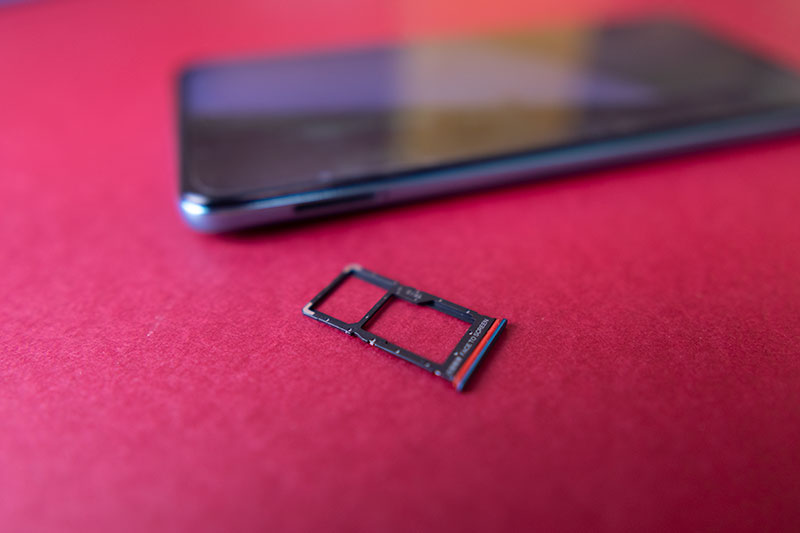
You can use LPDDR4x from memory, their maximum clock can be 2133 Mhz. From storage, storage based on the relatively fast UFS 2.2 technology can be built next to the Dimensity 810.
Of course, you can buy the phone in several configurations. The cheapest has 4/64 GB, the middle 4/128 GB, and the most expensive 6/128 GB of memory and storage. If there is not enough storage space, you can use up to 1 terrestrial memory card as an expansion.
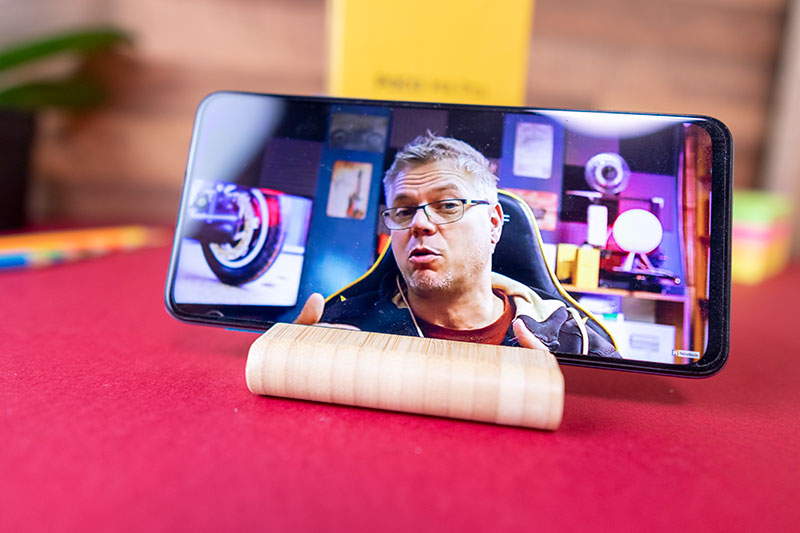
The display in this category cannot yet be AMOLED. On the other hand, we get pretty good from IPS, as the panel with a 6,6-inch image diagonal and a resolution of 1080 x 2400 pixels and a typical brightness of 450 nits has received a 90-hertz image update.
Of course, the image refresh changes dynamically, depending on what the program you are running requires. Available values are 50-60 and 90 Hz.
Kamerák
As I wrote above, there are only two cameras on the back. This is not strange because the 2-megapixel macro camera, which is completely unusable for me, has disappeared, but because there is no depth-sensing sensor either. You will be surprised, but we see no harm in this shortcoming.
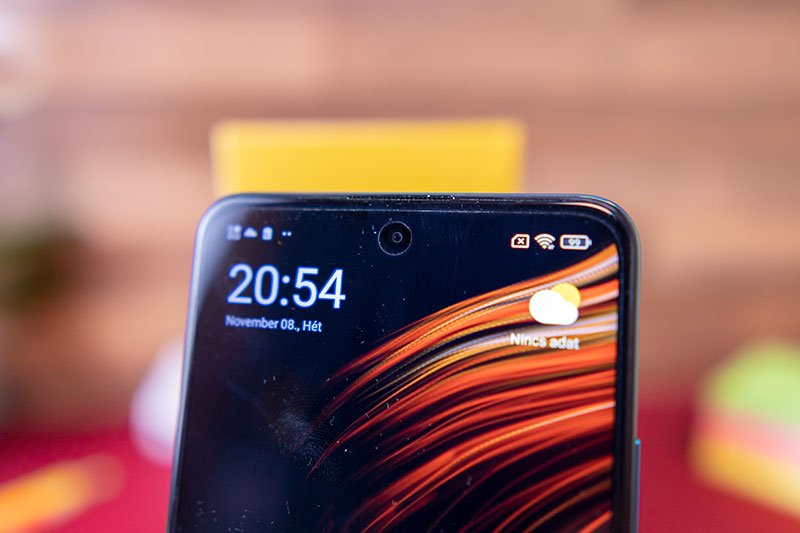
The main camera of the phone is the 10 megapixel solution with an aperture of f / 50 already known in Redmi 1.8. The performance of this didn’t impress Redmi, I wonder if there will be a change. The second camera is an 8-megapixel ultra-wide camera, while the front panel features a 16-megapixel self-contained camera.
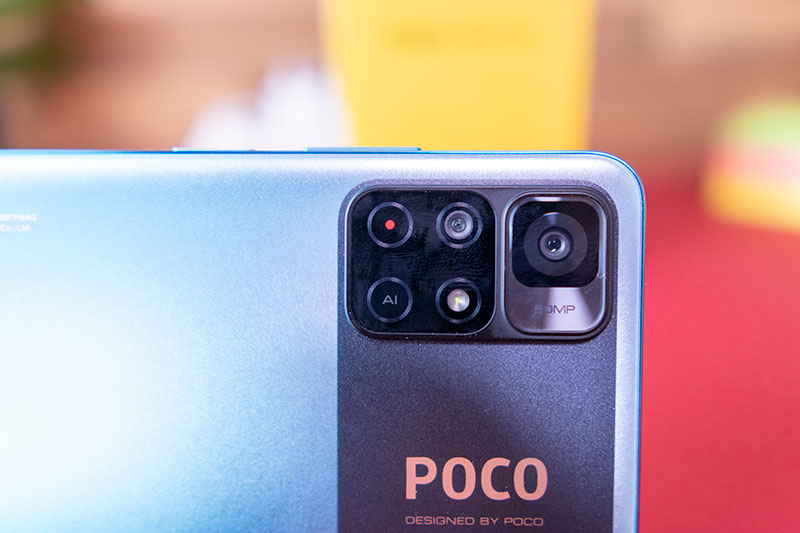
Other skills
As I have already indicated on the radio front, the existence of a 5G mobilnet is paramount, as this technology results in an orderly increase in the data rate of the wireless connection. Unfortunately, Wi-Fi remained in the five-series, i.e., dual-channel, ac standard.
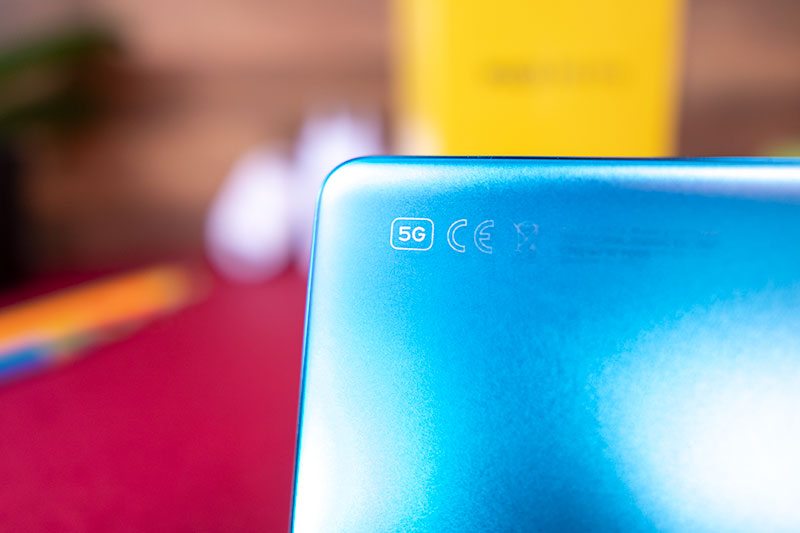
It is also important to get the right quality of navigation, as it also supports the central core, the Dimensity 810 Glonass, Galileo and BDS.
Fortunately, this phone, despite being in the cheap category, includes NFC. I scolded Xiaom for a long time for not being able to make card-free payments with cheaper phones, but the time has finally come. So there is NFC!
The battery of the phone has a capacity of 5000 mAh, for which we get the already mentioned 33 watt fast charge, with which, according to the factory data, it can be charged to 62 percent in 100 minutes.
Hardware tests
First, let’s look at the power of the hardware, which is interesting to me because it’s the first phone I have that already works with a Dimensity chipset. True, it's not the strongest, but you're still interested in, for example, how much memory bandwidth you get and how fast your storage will be.
Of course, I wanted to run the usual programs. Antutu and 3DMark for in-game performance measurement, Geébench and PCMark for normal use modeling. Unfortunately, 3DMark did not go again.
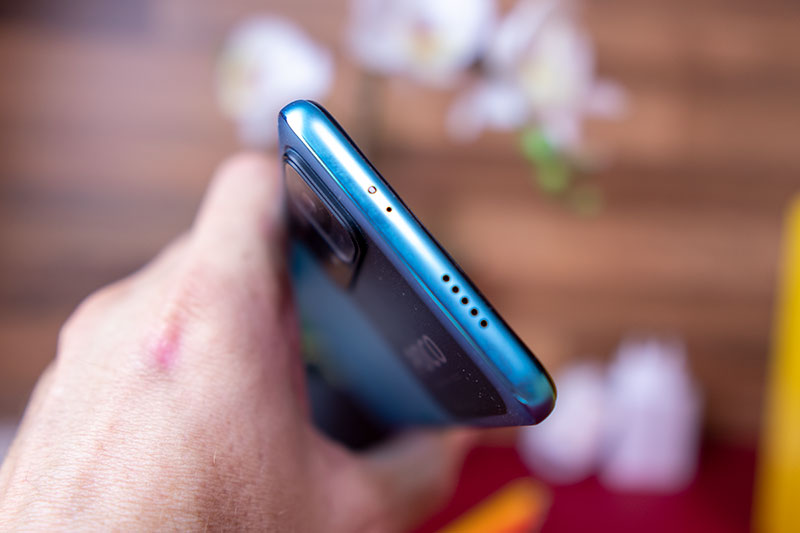
This was not the first time Xiaomi could not run 3DMark on a phone. The company denies that they forbid the software from accessing the server needed to run it, but if you look it up on the net, you can see that the problem isn’t just with me. So it’s likely that Xiaomim is the one who doesn’t want us to take a 3DMark measurement.
In the light of the results, I can only repeat myself. It’s a huge hassle to decide on a phone based on how well the name of the manufacturer of the central chip sounds good or bad.
MediaTek has already proven with the Helio series that it can kick into a ball, and sometimes even a much stronger kick than its competitor Qualcomm with Snapdragon units. I say this, of course I admit, Snapdragon is still better in the top category.

I was very curious as to how the POCO M4 Pro performed compared to the Redmi Note 10. Both entry levels, and the POCO M4 Pro, are already known to be essentially the same as the Redmi Note 11. Let’s face it, they’re the same down to the last little cartilage, so comparing the Redmi Note 10 and the POCO M4 Pro, we’re essentially comparing the results of the current 10 and the new Redmi Note 11 series.
| Phone type | POCO M4 Pro (Redmi Note 11) | Redmi Note 10 |
| Geébench Score / Single Core / Multi Core | 1597/588/1668 | 418/530/1586 |
| PC Mark Work 3.0 | 9251 | 8725 |
| PCMark Storage 2.0 | 18 889 | 12 023 |
| Antutu | 352 967 | 262 347 |
| Antutu CPU | 105521 | 100002 |
| Antutu GPU | 84 004 | 42 997 |
| Antutu Mem | 66 221 | 52 776 |
| Antutu-UX | 97 221 | 76 572 |
The Redmi Note 10 features a Snapdragon 678, while the POCO M4 Pro (Redmi Note 11) features a MediaTek Dimensity 810 already discussed above.
The Geébench score has already projected the final result. The Note 10 scored 418, while the single-core score was 530 — the multi-core 1586. In contrast, the POCO with the new MediaTek chip showed a total score of 1597 points, a 588 single-core score and 1668 multi-core scores.
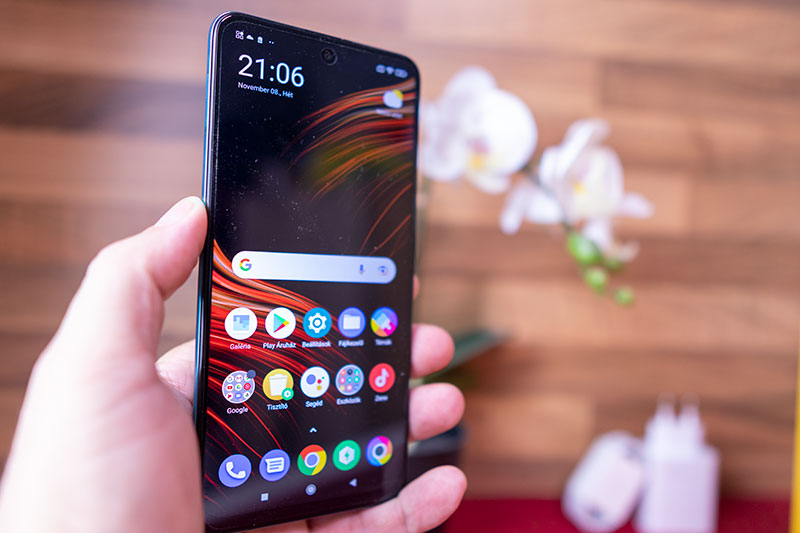
In PCMark tests, the Dimensity 810 outperformed the Snapdragon 678 minimally. For Work 3.0, the Note 10 scored 8725 points, while the POCO M4 Pro had 9251 points, and in the Storage 2.0 test, the Redmi had 12023 points and the POCO 18 points. The latter test measures the storage speed, in which the POCO performed far better.
The biggest surprise, however, was the Antutu test. In my phone tests so far, I’ve gotten used to the MediaTek being slightly better in the PCMark tests for the MediaTek and Qualcomm CPUs in the same class, while the Snapdragon units in the 3D tests, such as Antutu, were ashamed of the Helio. That is, the graphics accelerator for MediaTek units was not in a tree line compared to the Snapdragon of a similar standard.
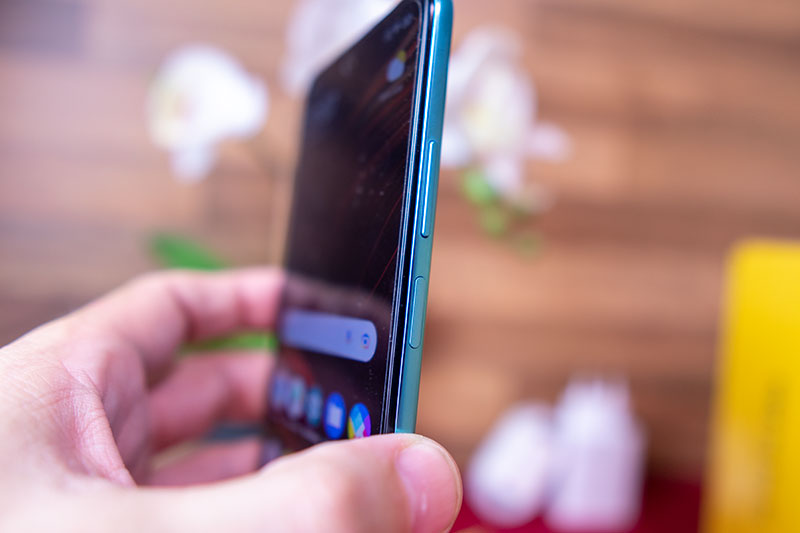
Well, that situation has changed now, not a little. The Redmi Note 10 I had was 262 points, while the POCO M347 Pro was 4 points. This can be said to be a relevant difference. So much so that I started to doubt it, thinking there was a mistake, but it didn’t. The Redmi Note 352 scores on the net are very similar to the ones I measured, so the error is not on my device.
All in all, of the two devices available at the same price level, the MediaTek insert is far more powerful than the one fitted with the Snapdragon 678, so just because not a single Snapdragon works at the POCO is yet to be buried. In fact!
Camera tests
The phone's camera front is not at all exciting. The 50-megapixel unit debuted in the Redmi 10, I wasn’t fainting from it. Surprisingly, in the case of the POCO M4 Pro, I like the captured images better, and this is clearly the difference with the software working behind the camera, but even more so with the ISP, ie the image processor integrated in the central chip.
The photos are a little more colorful, smelly, a little oversaturated than reality, but overall, the visual world we get back into it fits.
 |  |
The detail is good, the distortion due to the small optics is nicely eliminated by the software. The blurring of the area around the corners and edges is not significant either, but this is now commonplace, I notice that mobile cameras have improved enormously in this area in recent years (as well).
The performance of the 8 mega ultra-wide camera is pretty much what I would expect from this category. The colors are also good, the distortion is minimal, I don't think that's a problem.
What I didn’t like was the video capability. Exactly, I don't have a problem with the image quality, because we get the maximum FHD resolution at 60 frames, and at this resolution, the hardware doesn't throw up the effort either.
 |  |
However, vibration damping is sorely lacking. From a set position, you can take quite good shots with a sure hand, but if you walk, the end result is no longer enough for me. Of course, it’s all a matter of need for anyone who just wants to capture funny scenes for the family, that’s going to be good.
Overall, the capabilities of the cameras, like all Xiaomi phones, have improved a lot. Compared to the situation 1-2 years ago, the night shots have also improved, the software finds a good way between the acceptable brightness and the noise of the image.
 |  |
At the same time, this 50-megapixel camera is still not my favorite, although it’s a fact that it has made progress over the older 48-megabytes on entry-end mobiles.
Summary
I haven’t talked about a lot of the capabilities of the new POCO phone, the main reason being that I can’t write anything bad about them. This is a Xiaomi, so what they promise, he also knows reliably. GPS, long uptime, fast wireless connectivity are all there.
On the exterior, we can cry at most because of the plastic back, but let’s face it, at the entrance level, it’s especially that good-looking, although we can’t complain about the plastic back. As I wrote, the silicone case will be on it anyway, so we won’t feel it, no one else will see the difference.
The stereo speaker is now essentially the basis of Xiaomi phones. The quality of the POCO M4 Pro is not outstanding, but it is loosely comparable to the top phones a few years ago, so we shouldn't be ashamed of it.
The IPS display is also one of the better, and now we can forget about the 60 Hz image refreshment at this price level as well. So I don’t think any buyers will complain about that.
All in all, the POCO M4 Pro isn’t a remarkably good phone, it’s just another step in the evolutionary line. The new MediaTek chip performs very well, loosely instructing the Redmi Note 10 with a series but not quite a year older.
So it can be said that we can experience quite a serious development with this phone. Compared to its direct predecessor POCO M3 Pro 5G, the display has been larger, the touch sensitivity is higher, a faster Dimensity chip has been added (700 vs. 810), instead of 18 watts the fast charging is 33 watts, instead of the mono speaker we get stereo and we also get the better vibration motor.
If you like it, you can order it from a Spanish warehouse, an official Xiaomi reseller with a two-year warranty, without customs clearance, by clicking on the link below. The phone can be pre-ordered in the next two days by paying 20 euros, the balance of the purchase price can be paid between 11-13 November.
The price in advance is 174 euros for the 4 + 64 GB version and 194 euros for the 6 + 128 GB version.
Click here to buy
POCO M4 Pro 5G - Coupon code: RENAITM4










